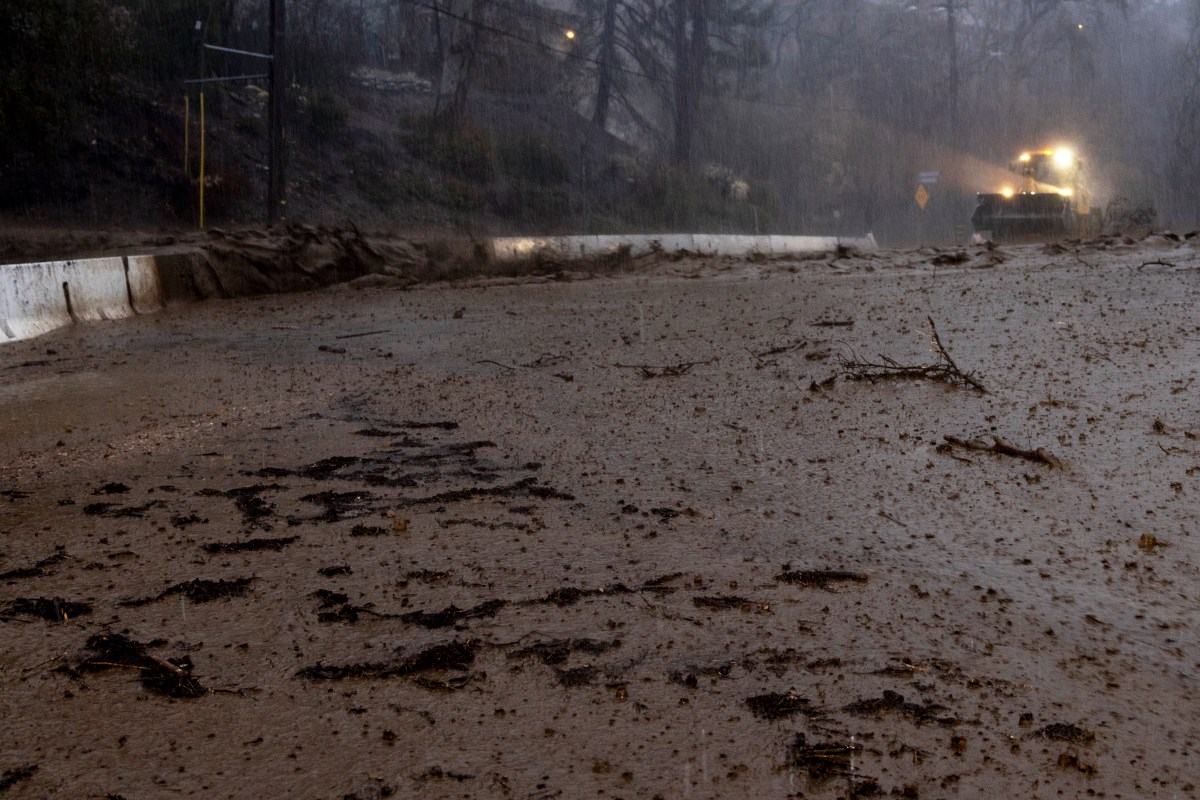Devastating Storm Unleashes Catastrophic Flash Floods Across Eastern U.S.
A powerful storm system has swept through the eastern United States, leaving communities grappling with unprecedented flash flooding. As the storm moves through the region, emergency responders are mobilizing to address immediate threats and assist those affected by the deluge. The sheer magnitude of the rainfall has overwhelmed local infrastructures, leading to dangerous conditions that have disrupted daily life, damaged property, and put lives at risk.
The Storm’s Impact: A Closer Look
The storm that recently unleashed catastrophic flash floods across the eastern U.S. has been described as one of the most severe weather events in recent memory. Major cities have reported rainfall totals exceeding 10 inches in just a matter of hours, leading to rapid rises in river levels and the inundation of homes and businesses. Local authorities have issued multiple flood warnings, urging residents to seek higher ground and avoid unnecessary travel.
In some areas, roads have become impassable, with vehicles stranded and submerged. Emergency services have been working around the clock to rescue individuals trapped by rising waters. The National Guard has been deployed in certain regions to assist with evacuations and provide humanitarian aid to those affected by the floods.
Communities in Crisis
Across the eastern seaboard, communities are facing a crisis of immense proportions. Streets that were once bustling with life are now transformed into rivers, and neighborhoods are left unrecognizable under murky floodwaters. The emotional toll on residents is profound, as many have lost treasured possessions and are now faced with the daunting task of rebuilding their lives.
- Evacuations: Many towns have initiated mandatory evacuation orders to ensure the safety of residents. Shelters have been established to provide temporary housing for those displaced by the floods.
- Infrastructure Damage: Roads, bridges, and public transport systems have suffered extensive damage, complicating rescue efforts and hindering recovery.
- Power Outages: Thousands of households are left without electricity, as utility companies scramble to restore power in affected areas.
Emergency Response Efforts
In response to the catastrophic flash floods, local and state officials have activated emergency response plans. The Federal Emergency Management Agency (FEMA) is coordinating with local governments to assess damages and provide necessary resources. The response includes:
- Search and Rescue Operations: Teams are deployed to conduct search and rescue missions in flooded areas, utilizing boats and helicopters to reach stranded individuals.
- Disaster Relief Centers: These centers are set up to provide immediate assistance, including food, water, and medical care for those in need.
- Community Outreach: Local organizations and volunteers are mobilizing to provide emotional support and resources to those affected by the disaster.
Preparing for Future Storms
The devastating storm that has unleashed catastrophic flash floods across the eastern U.S. serves as a sobering reminder of the need for preparedness in the face of extreme weather. As climate change continues to alter weather patterns, communities must adapt and implement strategies to mitigate the risks associated with such events. Here are some steps that can be taken:
- Infrastructure Improvements: Investing in resilient infrastructure can help reduce vulnerability to flooding. This includes enhancing drainage systems and building levees.
- Community Education: Informing residents about the risks of flash flooding and providing guidance on emergency preparedness can save lives.
- Emergency Plans: Local governments should develop and regularly update comprehensive emergency response plans that include evacuation routes and shelters.
The Role of Technology in Disaster Management
Technology plays a critical role in disaster management, especially in monitoring and forecasting severe weather events. Advanced meteorological tools allow for real-time tracking of storms, enabling timely alerts and warnings to be issued. Additionally, social media platforms have become vital for disseminating information quickly and efficiently. Communities can leverage technology to:
- Enhance Communication: Utilize apps and social media to keep residents informed about evacuation orders and safety measures.
- Coordinate Aid Efforts: Platforms can help organize volunteers and resources for recovery efforts, ensuring that help reaches those in need.
- Map Flood Zones: Implementing GIS technology to map flood-prone areas can aid in planning and response strategies.
Hope Amidst the Destruction
While the devastation caused by the recent flash floods is undeniable, it is essential to focus on the resilience of communities and the spirit of togetherness that often emerges in the aftermath of such disasters. Neighbors come together to help one another, sharing resources and providing emotional support. Local businesses are stepping up to offer aid, and volunteer groups are forming to assist with cleanup and recovery efforts.
This sense of community is a vital component of the recovery process. As individuals begin to rebuild their lives, the shared experience of overcoming adversity can foster stronger bonds and a greater sense of purpose. The road to recovery may be long, but with collective effort, hope can prevail.
Conclusion
The catastrophic flash floods unleashed by the recent storm across the eastern U.S. have left an indelible mark on affected communities. As emergency responders work tirelessly to provide assistance, and as residents band together to support one another, it is crucial to remember the lessons learned from such events. By prioritizing preparedness, investing in resilient infrastructure, and embracing the power of technology, we can better equip ourselves for future challenges. Together, we can rise from the depths of this disaster, united in our resolve to rebuild and strengthen our communities.
See more Your Daily Weather



